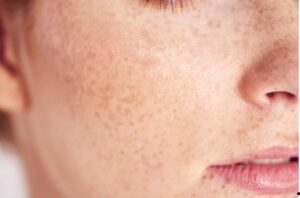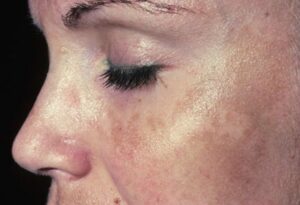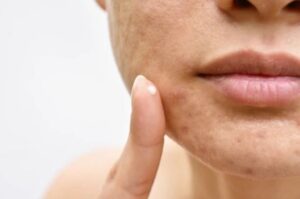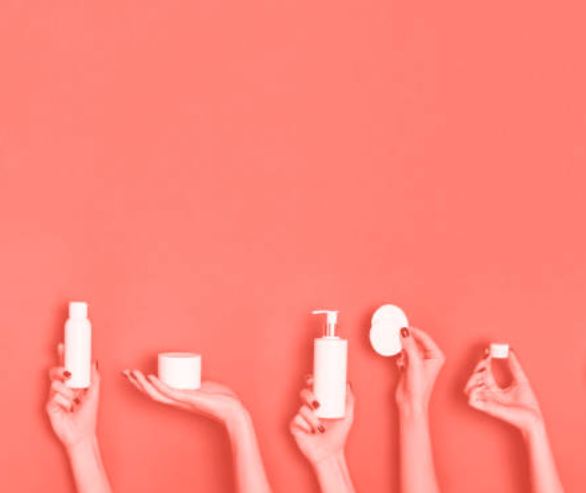Hydroquinone is a controversial skin-lightening ingredient that dermatologists urge people to use with extra attention and only after discussing a proper skin care routine with a specialist.
This skin lightener, also known as a skin-bleaching ingredient, can efficiently lower the appearance of hyperpigmentation, but only if used properly. Some dermatologists even called it a colour blender that can help you deal with various skin issues. However, there are some dos and don’ts of hydroquinone.
Here is what you need to know.
Use It Only For a Short Period

Hydroquinone should be used for at least six weeks (no more than six months), twice a day. The results usually appear after one to three months, in which you should see your hyperpigmentation fade away.
Aegean Chan is a board-certified dermatologist based in Santa Barbara, California. She recommends:
“Once you have achieved your desired results, stop using hydroquinone daily and only use it if the hyperpigmentation reappers.”
Never Mix These Ingredients With Hydroquinone

Hydroquinone will never work well with hydrogen peroxide, benzoyl peroxide, or other peroxide products! This mix could cause dryness and irritation, temporarily staining your skin.
Remember that hydroquinone can irritate, too, so avoid other potentially irritating ingredients, including glycolic acid, citric, lactic, and others.
Don’t Forget About Sunscreen

Sun protection is a must no matter what you’re applying to your face. So, you shouldn’t worry use sunscreen while using hydroquinone. In fact, sunscreen and hydroquinone work best to protect your skin from UV exposure!
Always Consult Your Dermatologist
Before adding hydroquinone into your skin care routine, you must discuss with a dermatologist if you really need this ingredient. Hydroquinone is suitable for all skin types, but there are some cautions.
For example, if you have sensitive and dry skin, you can risk severe irritation if you don’t use hydroquinone correctly. Remember, what a person’s skin needs will never suit yours.












Leave a Reply